A recent study published by Frontiers In Psychology revealed a disturbing trend among many people who source their news online.
According to the researchers, two unusual trends are apparent: the participants may allow personal biases to impact their ability to authenticate news, and people are more skeptical of news from alternative outlets.
2,400 Americans Evaluated in New Study

Over 2,400 Americans participated in the study, and the results provided researchers with a plethora of data.
The experiment aimed to gain insight into how the nation’s citizens determine the authenticity of news in the digital age.
Misinformation Becoming a Global Concern
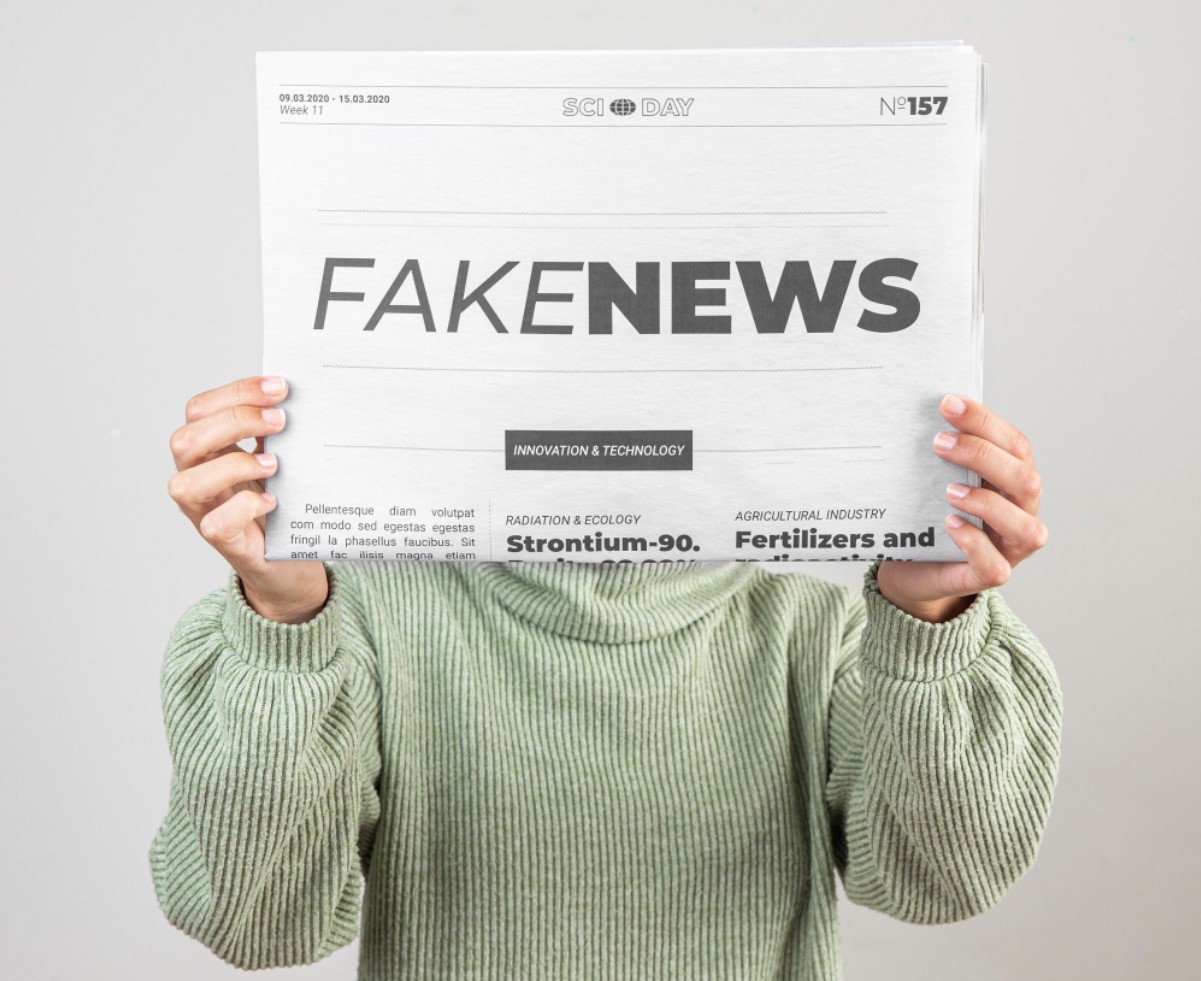
Daniel Sude, the study author of the released paper, believes “Understanding what improves detection of misinformation and disinformation is of global concern.”
The visiting assistant professor at George Washington University continued, “A great deal of high-quality research has suggested that technological factors, such as a chaotic social media environment, can lead to quick, surface-level consideration of new information.”
Processing in Biased Ways

According to the professor, however, the problem runs much deeper than previously mentioned.
“Drawing on social-cognitive psychology and communication science, we argued that even people who want to process more deeply may do so in biased ways. Even people who are aware of their potential for bias may have difficulty truly correcting for that bias,” said Sude.
Confirmation Bias

One psychological principle that influences people’s ability to correctly process facts and information is confirmation bias. Confirmation bias is a person’s inclination to seek out sources that validate their already-held conclusions.
Essentially, people get caught in a positive feedback loop that leaves little room for information that challenges them. This leads to blind spots and impairs the ability of someone to identify misinformation.
Dunning-Kruger Effect
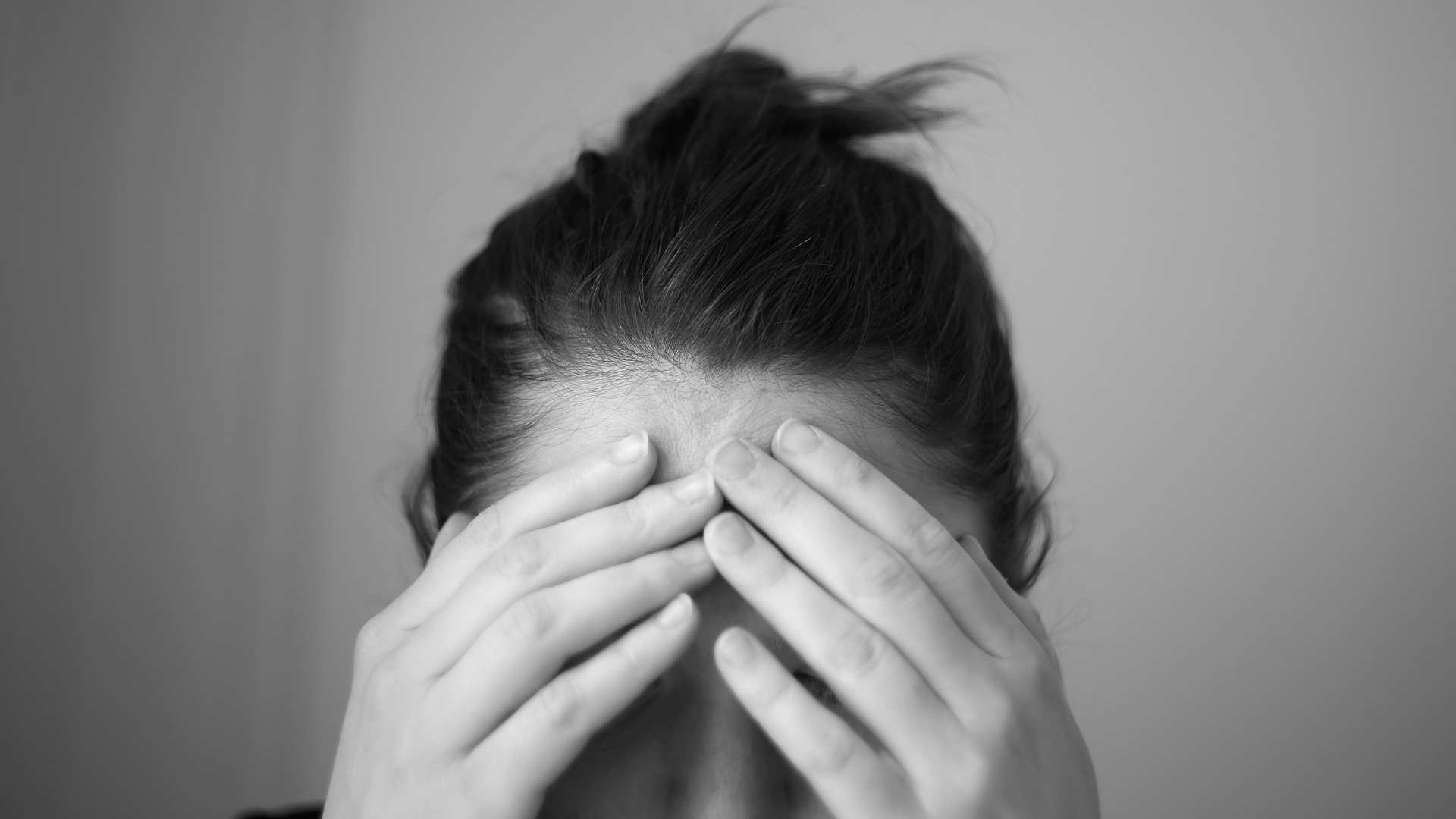
Another type of cognitive bias that can contribute to the spread of fake news and misinformation is known as the Dunning-Kruger effect.
With this bias people overestimate their own ability to filter information when they have limited competence to do so. The worse someone is at something, the more confident the person is that they actually perform well at that activity.
Why Are People Skeptical of Unfamiliar News?
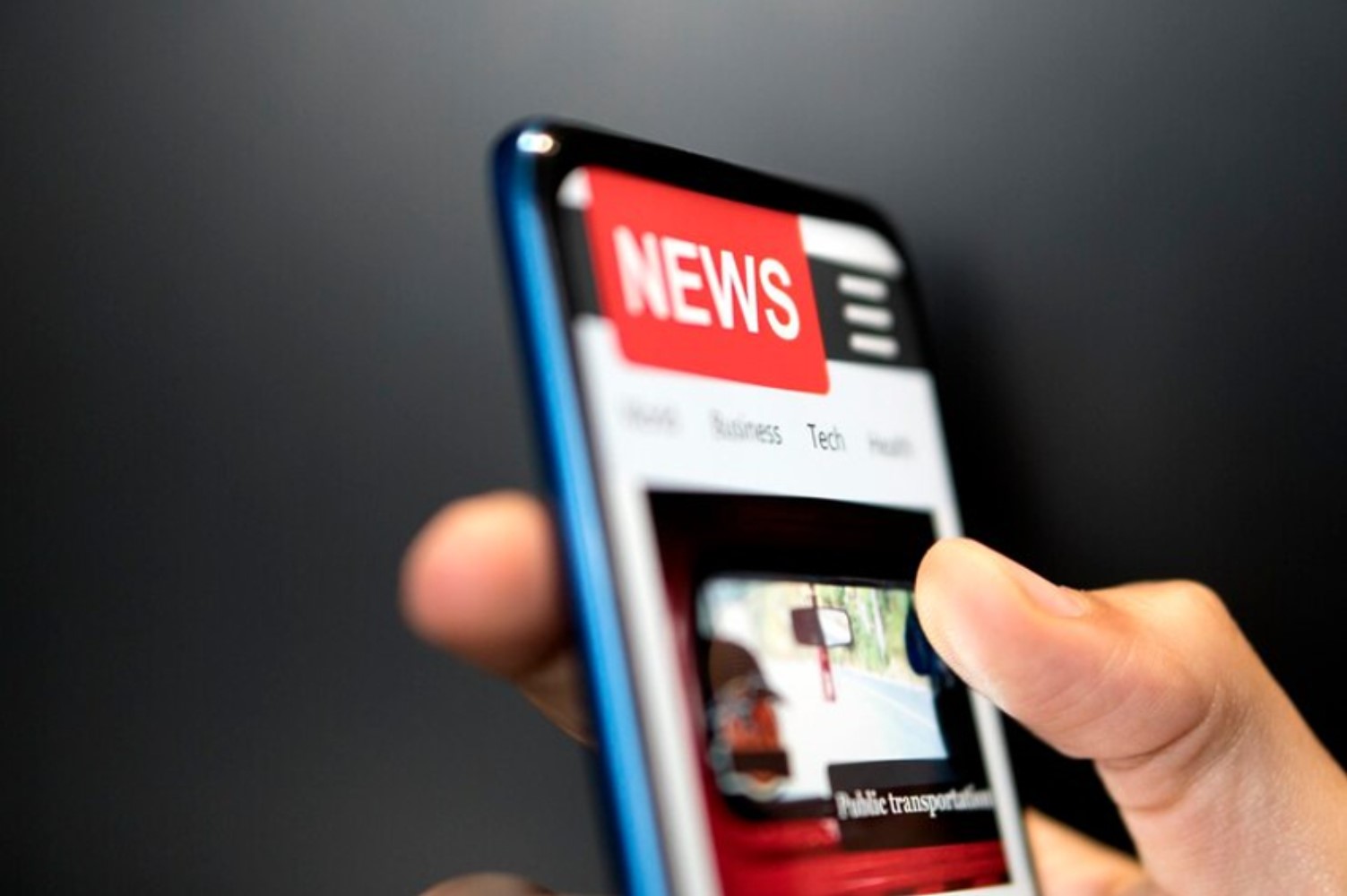
The professor and his team wanted to better understand why people are reluctant to trust news from outlets they’ve never heard of.
“Believing true information by accident or rejecting false information by accident is not, in our minds, sufficient. We want to know what leads people to take their time and patiently come to, hopefully, correct conclusions. Our two-study paper is just one of many tackling that question,” he said.
The Process of the Study

The study participants were split into two separate groups. The first group comprised 1,008 people, and the second phase consisted of 1,397. Each participant was asked to look at several news articles styled after what they would be familiar with on social media sites such as Facebook.
Following this, they were shown some form of fake news that aligned with their political beliefs. Those who considered themselves strong Democrats were shown a phony headline titled, “Trump Say Republicans Are the ‘Dumbest Group of Voters.’”
Alternative Media Sources

Next, the participants were shown numerous fake news posts that were supposed to resemble the biased content that may appear on social media. Each participant was told the news was sourced from both mainstream and alternative sources.
But, for the second part of the study, the focus was on authentic news instead of fake articles. Yet, the same approach of informing the participants on whether it was from a mainstream or alternative outlet remained the same.
Mainstream Preferred Over Alternative Outlets
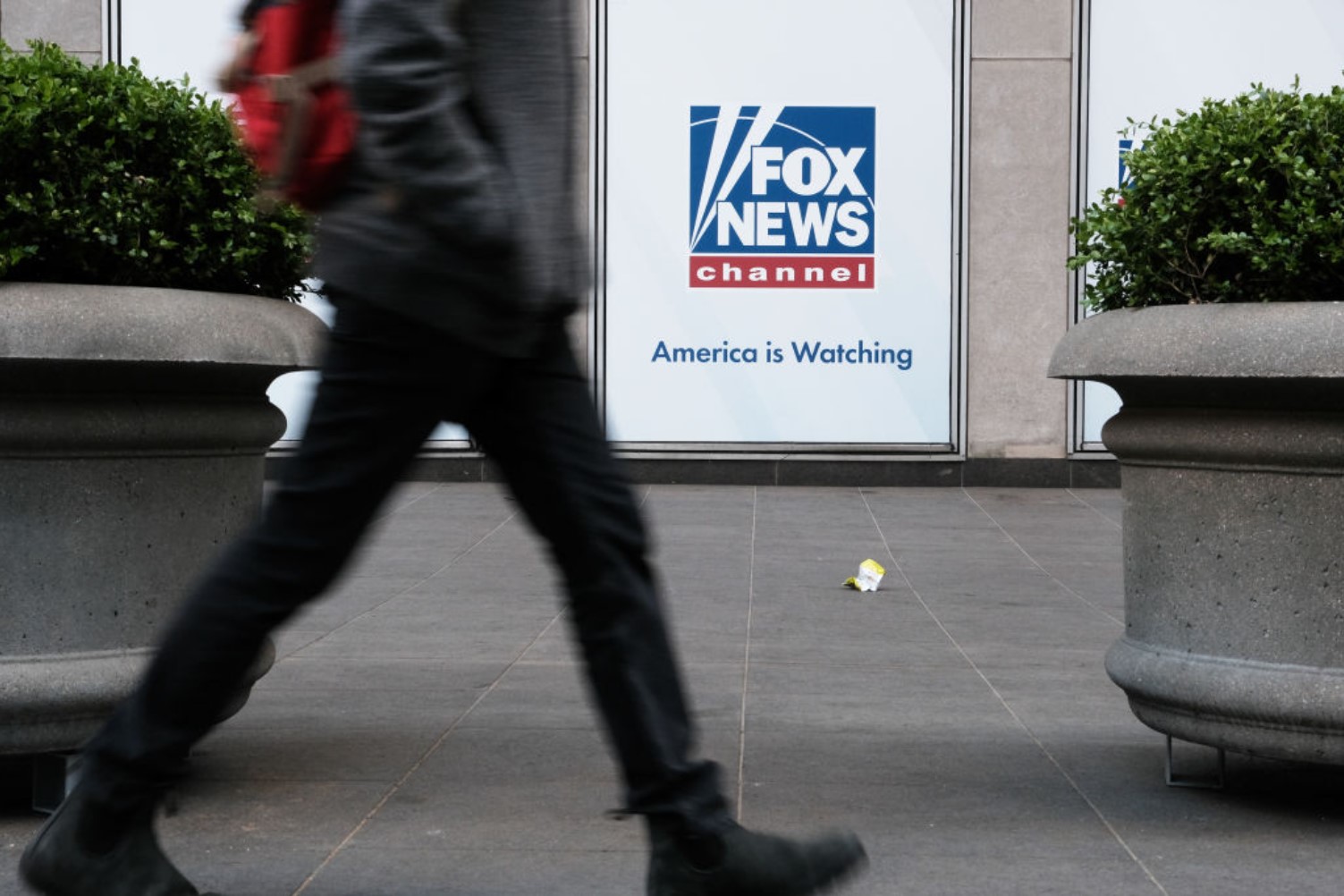
At the end of the study, the professor and his team made several key observations. One of the most obvious is that people typically view news from alternative outlets as less accurate than that of their mainstream counterparts.
“People, at least when participating in our online studies, were remarkably suspicious of content from an unfamiliar news outlet,” Sude told PsyPost.
People Don’t Want to Do the Work

One possible reason for people not trusting alternative outlets is because it requires more work on their part to verify the information. It is much simpler for a person to read a headline from a trusted outlet and form their opinion from that.
A Columbia University study found that 59% of links shared across social media by users have never even been clicked. This implies the sharer only read the headline before sharing.
Media Distrust is Common
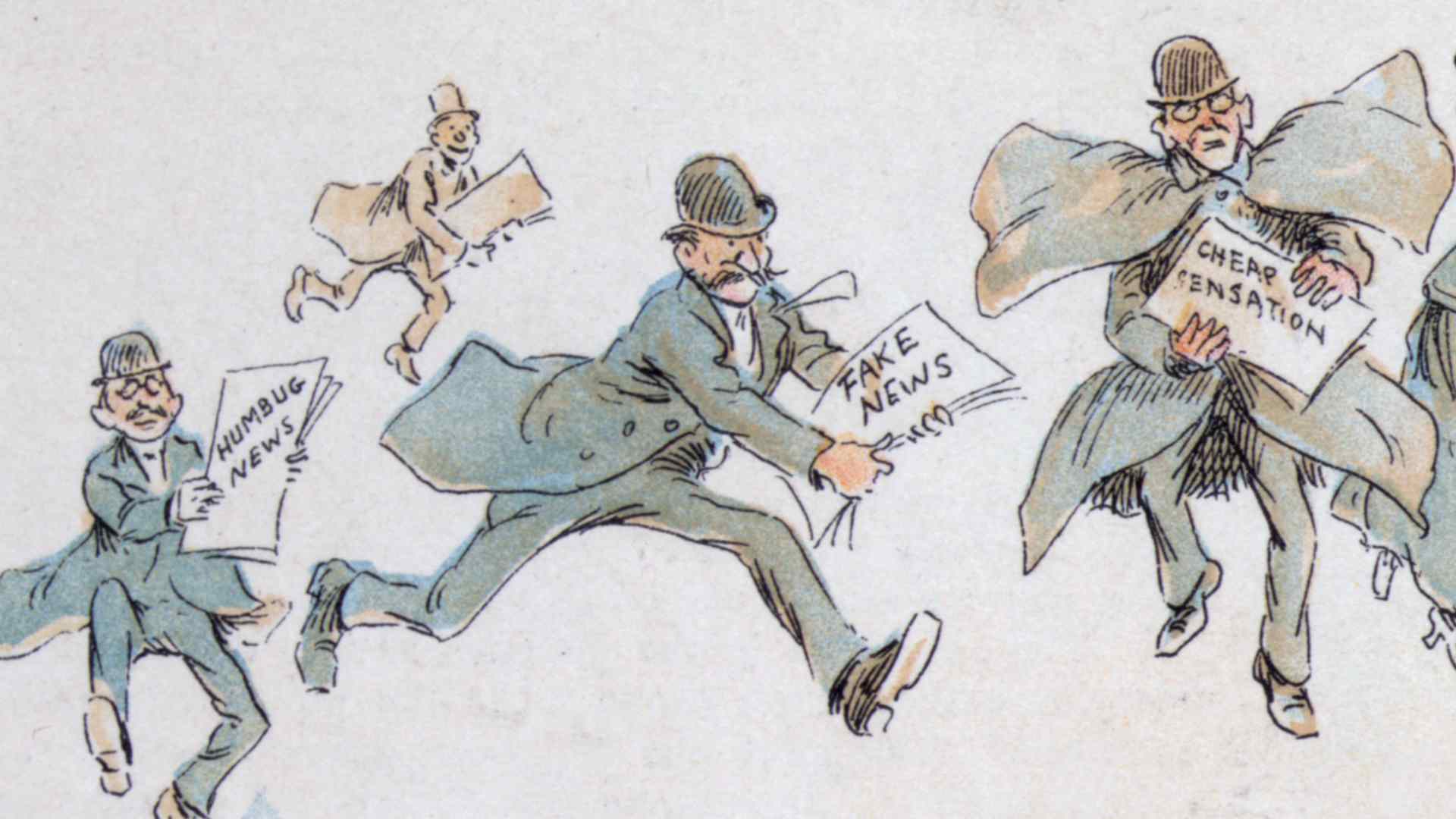
It’s not just alternative media sources that are widely distrusted by the public. Trust in all media is at an all-time low in recent years.
Fortune reported that half of Americans believe that news organizations deliberately report the news in a way that is misleading. These Americans feel like news media today has a clear agenda and can only find the faults in their reporting.
Study Leaves Researchers With New Insight

Another important observation from the study, according to Sude, showed an unexpected change in what participants valued more, content or source, the latter being preferred.
“This contrasts with other studies suggesting that people tend to pay more attention to content than to sources. This could have something to do with our design – people were looking at headlines and lead ‘posted’ to social media,” he said.
Why People Prefer Sources Over Content
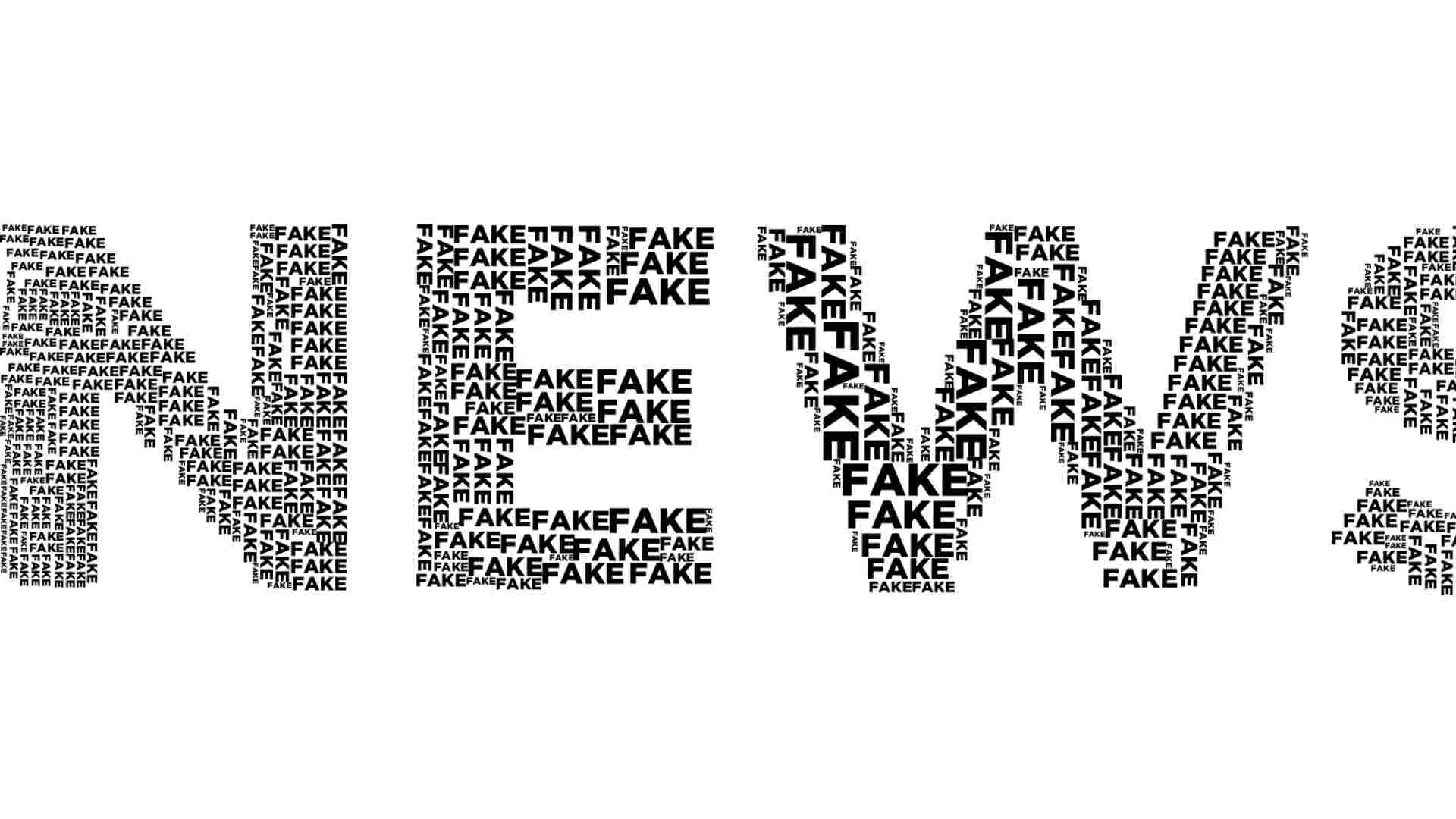
The results of the study affirm the idea that people prefer the source of information rather than the content of the information. This speaks to the concept that people want to be perceived as sharing sources that they trust.
One possible explanation for this behavior is that a media consumer cares more about how the information looks to others independent of the actual validity behind it. People want to provide a good first impression for the information they share.
Experiment Produces Surprising Twist

The results of the experiment also brought forth a somewhat surprising element: those with stronger political biases tend to believe the news they read on unfamiliar outlets, even if it’s fake.
“Strong partisans (Democrats or Republicans), particularly those concerned with media bias, acknowledged that the source was unfamiliar but defended its content anyway,” Sude explained.
Americans are More Politically Divided than Ever
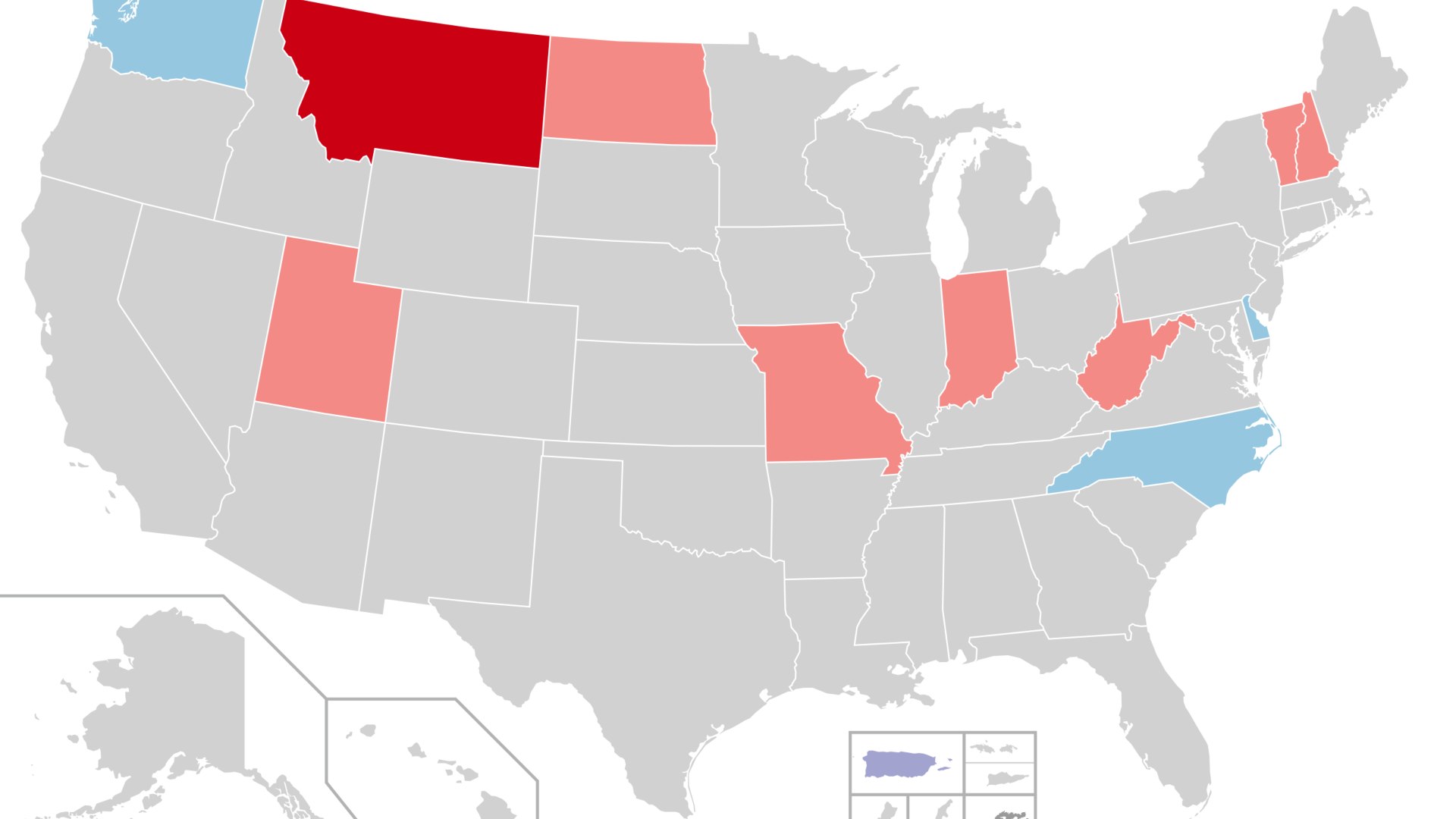
More and more people are having stronger political biases. One reason for this trend is the political polarization which has intensified over recent years.
A report by the Pew Research Center in 2020 noted that 77% of Americans think the country is more divided than before the pandemic. In 2023, Axios reported that the partisan divide between Americans is 40 percent.
Politically Divisions Affecting Media Landscape

As Americans become more politically partisan and divided, the content they consume is changing to match. Because news content makes money through ads, there is a temptation to write stories that will drive traffic.
This has led to some outlets producing “rage bait” content, where the goal is to give a strong opinion to make a media viewer “rage click” to read the article.
Rage Content Contributes to Fake News

As people get more accustomed to consuming so-called “rage bait” content, they start to engage in toxic behavior when angry.
Harvard published a report that found that anger is a contributor to the spread of fake COVID-19 misinformation. Anger also makes it easier for fake news to go viral online. When people rely on their emotions, it makes it easier for them to fall for misleading news content.
Media Literacy Affecting Overall Perception

The study also highlighted how a higher news media literacy among its participants resulted in them being more skeptical of the source’s credibility.
However, those with stronger political beliefs and a high media literacy appeared to believe more fake news, which was ultimately deemed an unusual paradox by the researchers.
Media Literacy in Americans

A survey by Media Literacy Now in 2023 found that most adults in the United States did not receive any media literacy training in high school.
Only 42% of respondents to the survey said that they were trained on how to analyze science news as a part of their high school curriculum. An even smaller percentage, only 38%, said they had properly learned how to analyze media messages.
How Widespread is the Problem?

Fake news has become an increasing problem in the media landscape. The ease of sharing news on social media has made it accessible for bad actors to easily create misleading stories that go viral.
This is compounded by the fact that Americans are increasingly unable to recognize a fake news post before they share it. This is an exponential problem because as more people share a fake story the likelihood increases of more people seeing and sharing it.
Americans are Losing Their Ability to Spot Fake News

A 2021 study by the Proceedings of the National Academy of Sciences reported on by CNN concluded that three out of four Americans currently overestimate their ability to correctly identify fake news.
The study team leader Ben Lyons concluded “In all, these results paint a worrying picture: The individuals who are least equipped to identify false news content are also the least aware of their own limitations and, therefore, more susceptible to believing it and spreading it further.”
Republicans Versus Democrats
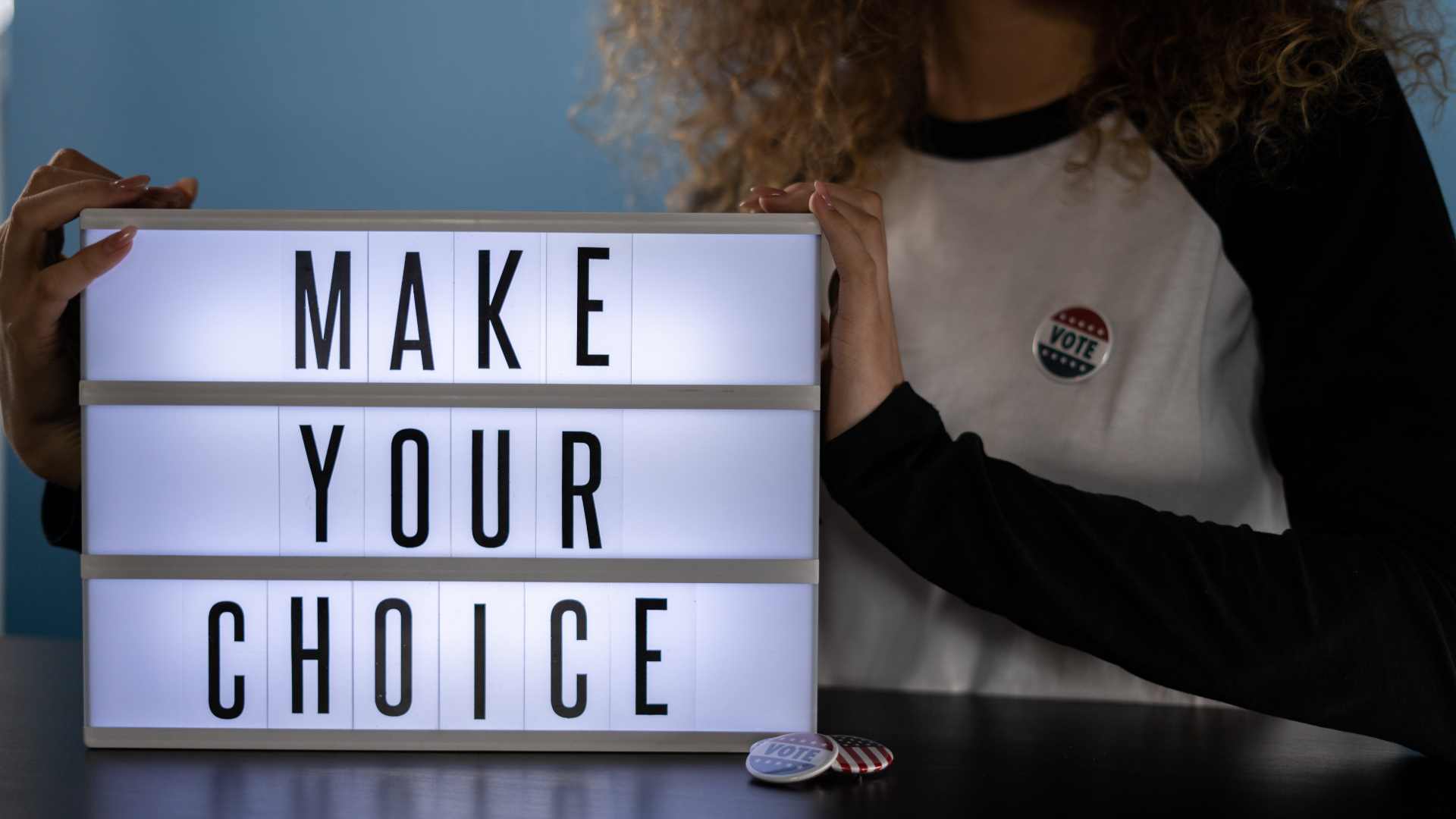
According to the Proceedings of the National Academy of Sciences study, Republicans are more likely to get tricked by fake news than Democrats are. One reason for this difference is overconfidence.
Republicans overestimate their ability to identify misinformation more than Democrats. Another reason for the discrepancy between political affiliations is that Republicans have a lower bar for media sources they will trust.
Efforts Going Forward to Combat Fake News
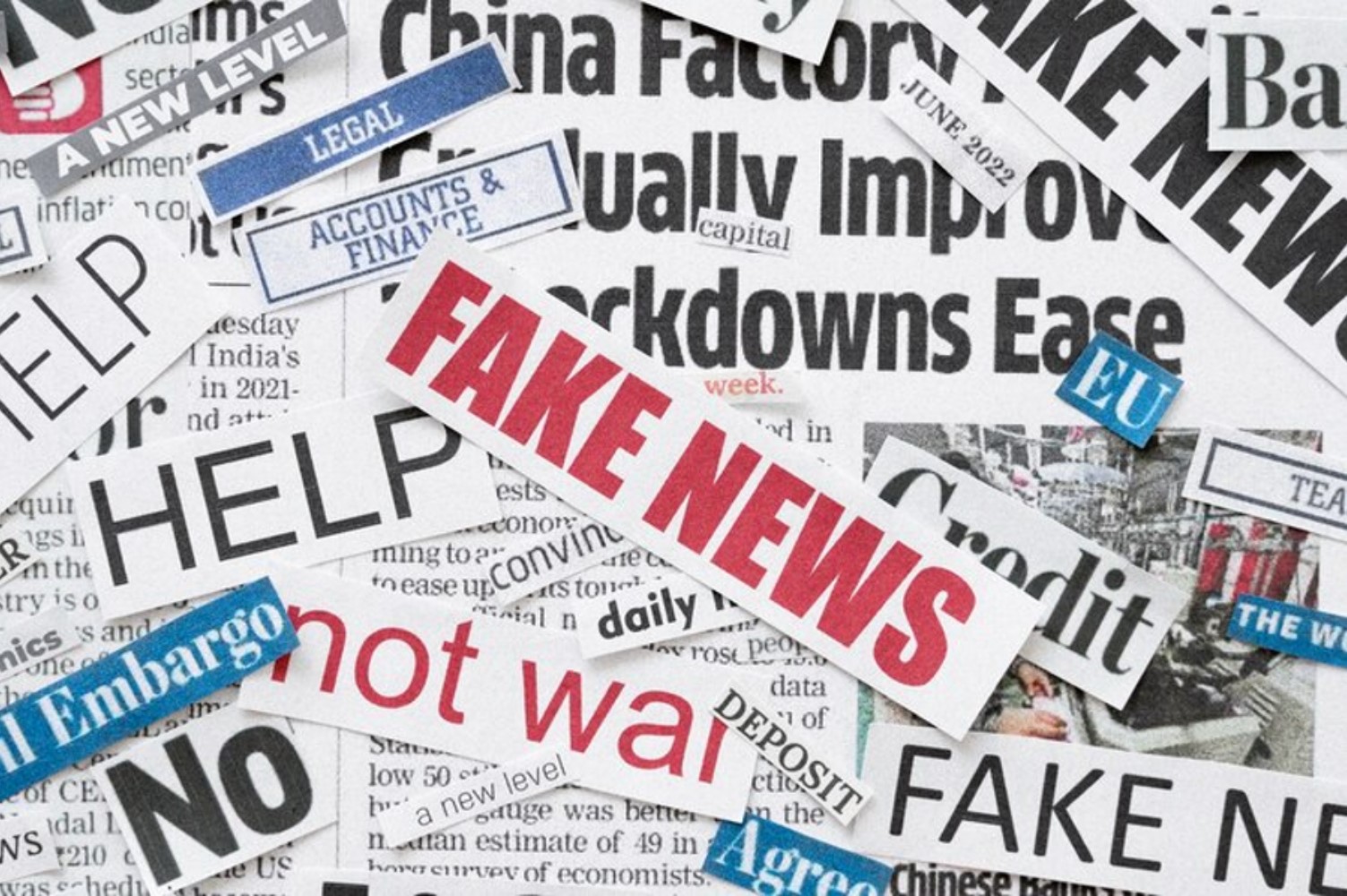
With all of the data from the study, the professor and his team have enough information to conclude that combating misinformation and fake news cannot be attacked from one angle.
The team acknowledges interventions must focus on decreasing the influence of political biases and increasing the overall media literacy among daily readers.
